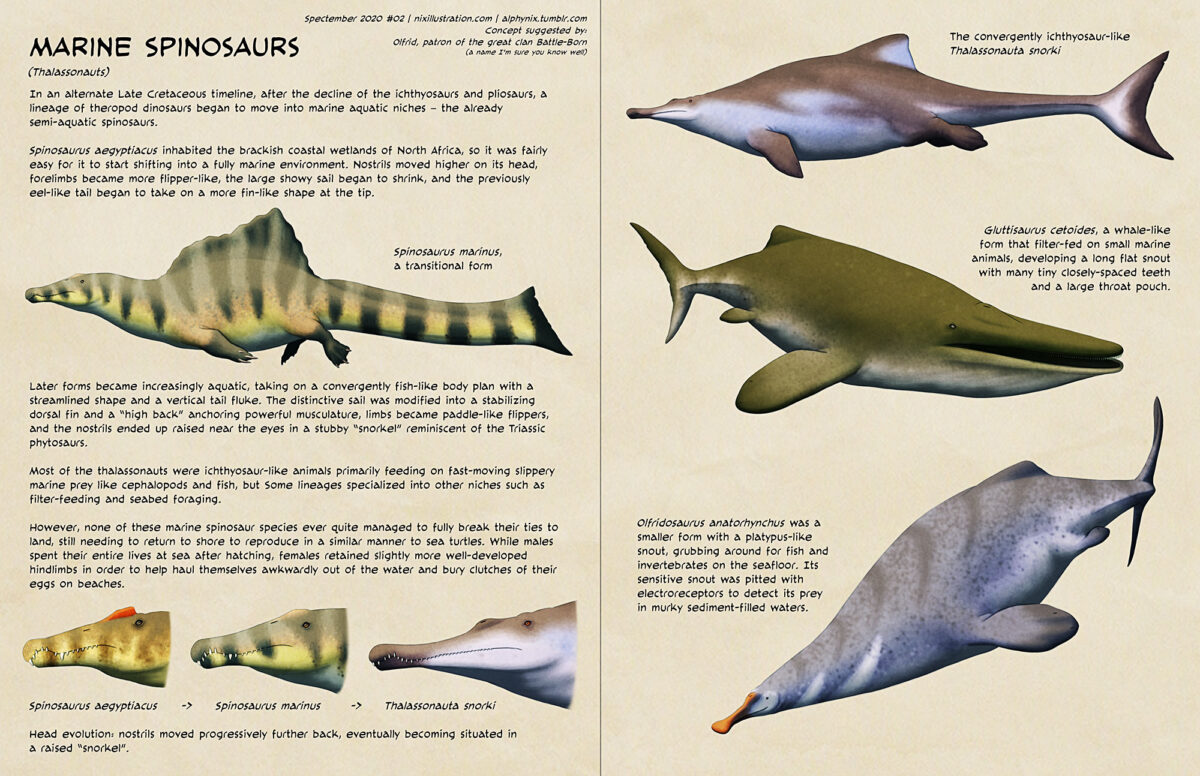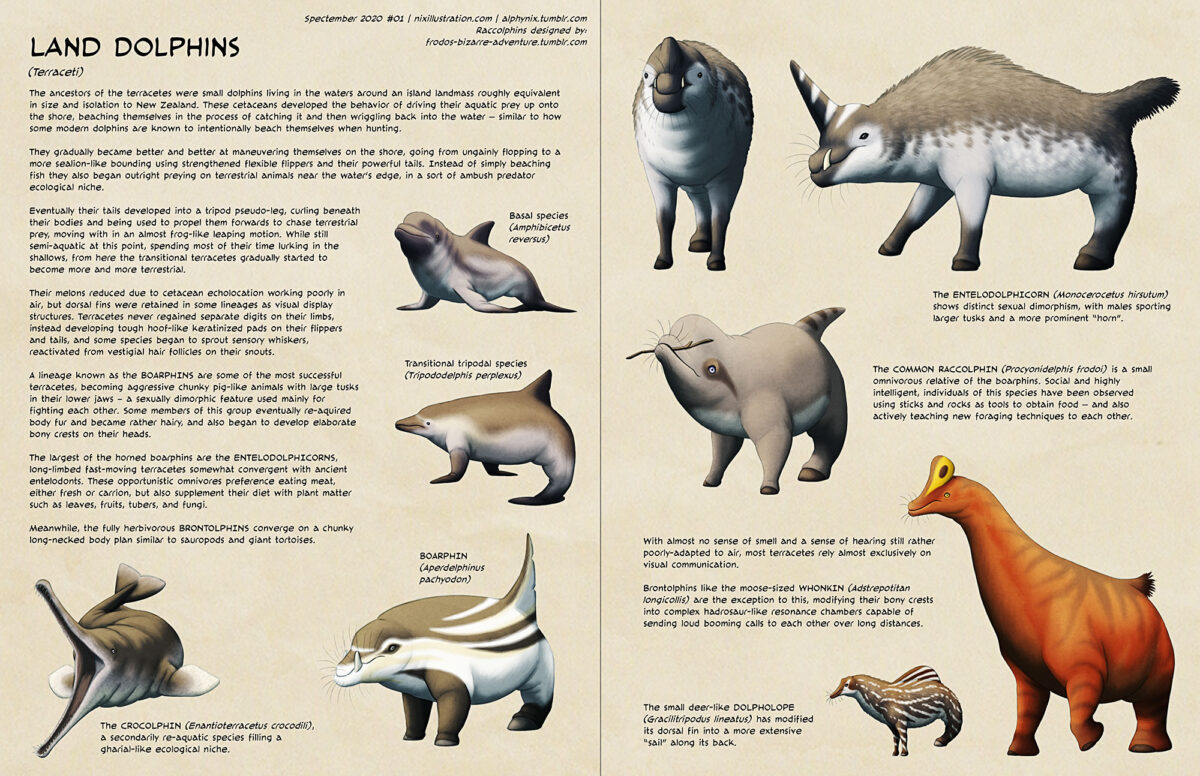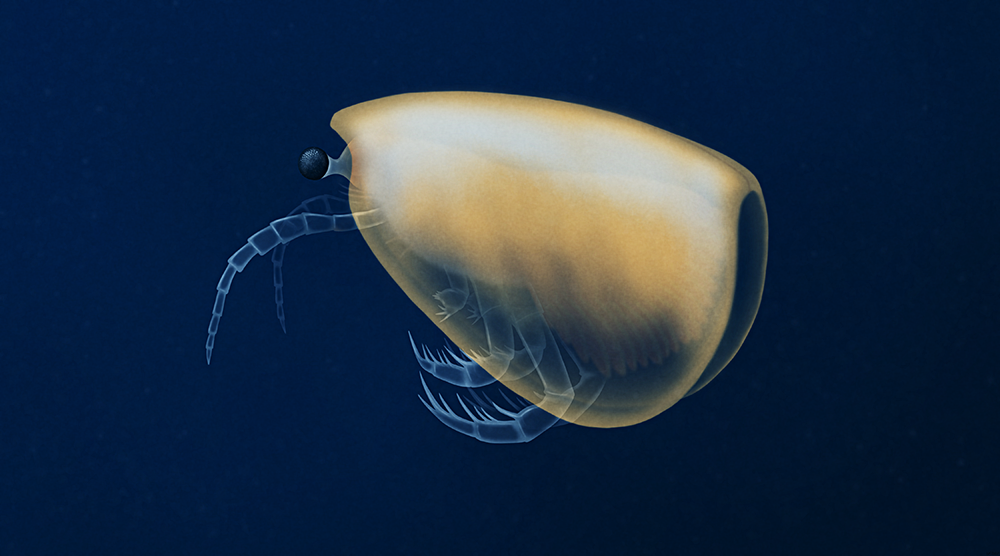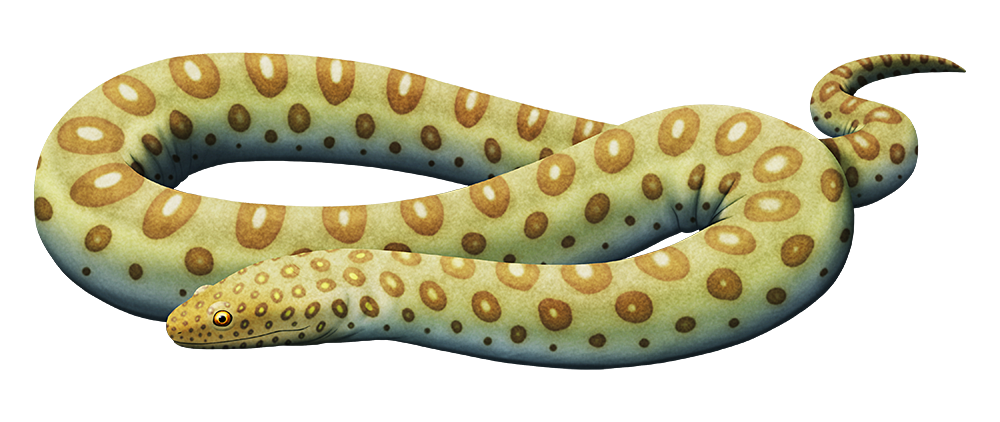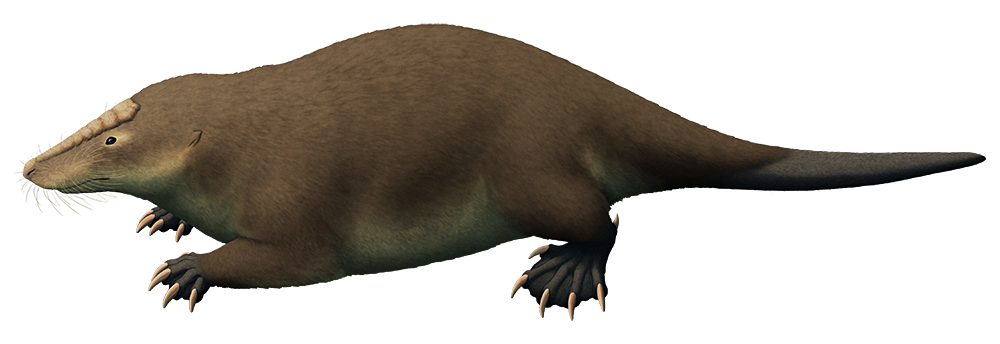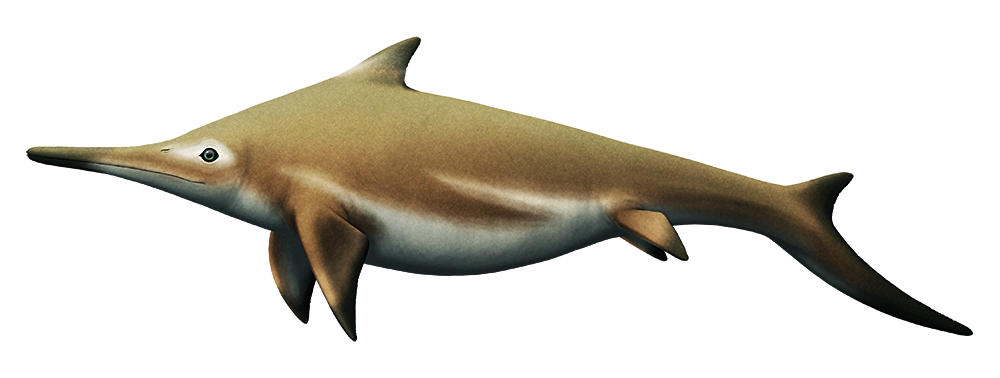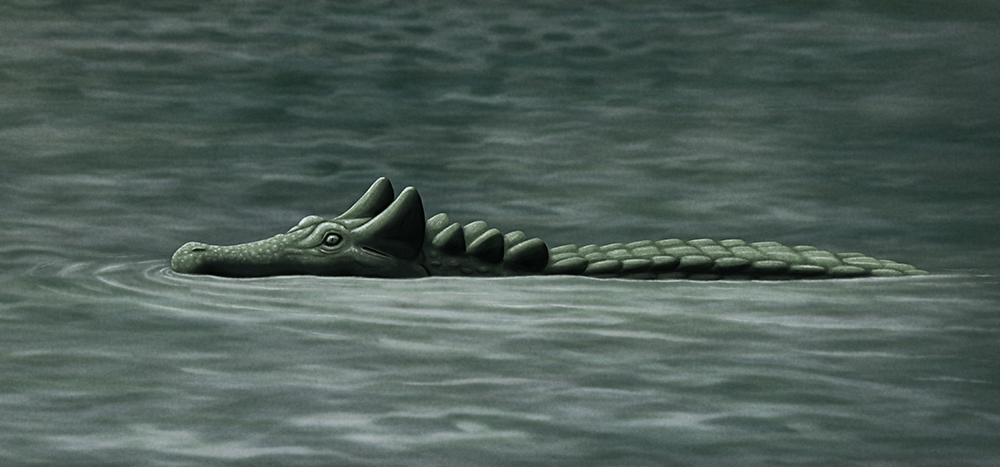Transcript for the text on the image under the cut:
Continue reading “Spectember #02: Marine Spinosaurs”Category: science illustration
Spectember #01: Land Dolphins
Welcome to SPECTEMBER!
This month we’ll be taking a break from real creatures to instead explore some “what if” scenarios for the evolution of life.
If you’re unfamiliar with speculative evolution, it’s basically a biology-focused type of science fiction exploring hypothetical evolutionary paths, whether as alternate histories for the ancient past, possible far future descendants of modern species, or even completely alien life on other worlds. The concept has been around for well over a century at this point, but Dougal Dixon’s 1981 book After Man was probably the biggest influence.
All this month, on weekdays I’ll be posting my own work based on the suggestions from earlier in the year, and on weekends I’ll highlight some of the history of the spec evo genre.
So let’s have some fun – and if you want to join in, #spectember is an open concept and anyone is welcome to take part!
Transcript for the text on the image under the cut:
Continue reading “Spectember #01: Land Dolphins”Thylacares
Thylacocephalans were a bizarre group of extinct marine arthropods that often looked like tiny alien creatures – and whose evolutionary relationships are still uncertain. Despite existing in oceans around the world for at least 350 million years, their fossil record is rather spotty and their internal anatomy is often poorly preserved, making it difficult to figure out anything more specific than “probably some sort of crustacean“.
Possible thylacocephalans are known from as far back as the Cambrian, but one of the earliest definite members of the group was Thylacares brandonensis.
Living during the early Silurian, around 436 million years ago, in the region that today is part of Wisconsin, USA (found in the same fossil formation as last week’s Venustulus), this species measured up to about 7.5cm long (3″). Its body was enclosed by a large bivalved carapace, with protruding stalked eyes and what may have been a pair of antennae, along with smaller raptorial limbs than its later relatives.
While it was less specialized than other thylacocephalans it was probably a similar sort of swimming predator, catching prey with its spiny limbs.
Venustulus
The synziphosurines were ancient marine chelicerate arthropods that were traditionally thought to be early representatives of the horseshoe crab lineage. But more recent studies have shown them to occupy a slightly more basal position on the chelicerate evolutionary tree, instead being related to the common ancestor of sea scorpions, horseshoe crabs, and arachnids.
(Also horseshoe crabs might actually be part of the arachnids, closely related to ricinuleids!)
Venustulus waukeshaensis was one of the earliest known synziphosurines, living in what is now Wisconsin, USA during the early Silurian, about 436 million years ago. It grew to around 8cm long (~3.2″) and had six pairs of appendages on the underside of its body, with the first pair modified into chelicerae and the rest being walking legs.
It also appears to have been blind, lacking any evidence of eyes despite its fossils being fairly well-preserved – suggesting it lived in conditions where vision wasn’t much use, such as dark murky water or burrowing around in seafloor sediment.
Tridenaspis
Although the only surviving agnathans in modern times are the lampreys and hagfish, back in the early-to-mid-Paleozoic these “jawless fish” were much more diverse. Many of them were heavily armored with large bony head shields – a feature eventually inherited by early jawed fish like the placoderms – which protected their heads, gills, and some of their internal organs.
And some of the oddest-looking of these armored agnathans was a lineage known as the galeaspids.
Known from southern China, Tibet, and Vietnam, these small fish were bottom-dwellers living in the shallow waters of lagoons and river deltas. Their most distinctive feature was a single large opening on the upper side of their head shields – and despite looking like a particularly goofy mouth this hole was actually a nostril, used for both a sense of smell and as a water intake for their gills. The actual mouth and the gill openings were on the underside of the head.
While early galeaspids had rounded head shields, later forms developed some more unusual shapes, with long spines sticking out to each side and pointed or spatula-shaped snouts.
Tridenaspis magnoculus here lived during the early Devonian in Southwest China, about 407-393 million years ago, and was only about 5cm long (2″). It wasn’t the most extremely pointy of its kind, but still had a weird kite-shaped head shield, a long vertical slit-shaped nostril opening, and rather large upwards-facing eyes.
Lethiscus
Ever since the earliest tetrapods crawled onto land and developed limbs and digits, some lineages have just… decided the whole “legs” thing was overrated and lost them entirely.
And the earliest known group to do this were the aïstopods. These highly elongated amphibian-like animals had specialized lightly-built skulls with large jaw muscles, and they may have filled a similar ecological niche to modern snakes, hunting small terrestrial invertebrates.
Lethiscus stocki was one of the first members of this snake-like group, living in Scotland during the Early Carboniferous about 340 million years ago. Growing to at least 50cm long (~20″), it was already a very specialized animal despite its basal position among the aïstopods, with eyes set far forward on its face and no trace of vestigial limbs.
CT scans of its skull have shown some surprisingly fish-like anatomy, especially in its braincase, features that were lost very early in tetrapod evolution. This suggests that aïstopods weren’t part of the lepospondyl amphibians like previously thought, but actually originated much much earlier in the tetrapod evolutionary tree – potentially placing them somewhere among the “fishapods” between Ichthyostega and Crassigyrinus.
Haldanodon
The docodonts were a group of mammaliaformes (close relatives of the earliest true mammals) which lived across North America, Europe, and Asia from the Middle Jurassic to the Early Cretaceous. Originally only known from teeth and jaw fragments they were traditionally thought to be fairly generic shrew-like insectivores, but more recent discoveries of better fossils have revealed they were actually much more diverse, occupying ecological niches ranging from squirrel-like tree-climbers to mole-like diggers to beaver-otter-like swimmers.
Most of the more complete fossil material of these animals comes from the mid-Jurassic of China, but one species from elsewhere is also known from a partial skeleton.
Haldanodon exspectatus here lived in central Portugal during the Late Jurassic, about 155 million years ago. Around 15-20cm long (6-8″), it had small eyes and short chunky well-muscled limbs with the front paws adapted for digging. Since it inhabited a very swampy environment it probably wasn’t a pure mole-like burrower – extensive tunnels would have constantly flooded – but it may have instead been a similar sort of semi-aquatic animal to modern platypuses and desmans, foraging for invertebrates in the water and excavating burrows in the banks.
Roughened areas of bone on its snout may also have supported a patch of tough keratinous skin, which would have helped protect its face while digging.
Mixosaurus
Mixosaurus cornalianus here was a small early ichthyosaur, only about 0.8-1m long (2’7″-3’3″) and generally considered to be transitional between the eel-like swimming style of basal forms and the more dolphin-like later forms. Living during the Middle Triassic, about 242 million years ago, it inhabited a shallow tropical sea that covered what is now the modern border between Switzerland and Italy.
It was previously thought to be a slow swimmer with a low and poorly-developed tail fin, and whether it even had a dorsal fin or not was unclear. But now new specimens with soft tissue impressions have given us a big surprise.
Not only did it actually have a fairly well-developed semilunate tail fin, but it also had a dorsal fin positioned much further forward on its body than expected, giving it a shape similar to some small sharks and representing the current earliest known dorsal fin of any amniote.
Bundles of stiffening collagen fibers inside its fins were very similar to those known from later Jurassic ichthyosaur species, indicating that this adaptation evolved much earlier in the lineage than previously thought. Along with stomach contents showing it mainly ate both cephalopods and small fish – fairly fast-moving prey – this suggests it was a capable open-water swimmer. It wouldn’t have been quite as speedy as its much more specialized Jurassic relatives, but it may have still been about as efficient as the small modern sharks it resembled.
Leithia melitensis
During the mid-Pleistocene, between about 900,000 and 500,000 years ago, the Mediterranean islands of Malta and Sicily were connected and shared a unique ecosystem made of up a mix of weird endemic species. While the tiny elephants and giant swans are probably the most famous, there were also several other unusual animals such as dwarf hippos, huge owls, large cranes, giant tortoises, and big lizards.
And also massive rodents.
Leithia melitensis, the Maltese giant dormouse, was descended from garden dormice, but thanks to the lack of large land predators on Siculo-Malta it was able to evolve a much much larger body size – about 60-70cm long (2′-2’4″), almost the size of a cat.
Recent reconstructions of its skull have shown it was also proportioned differently compared to its tiny modern relatives, more chunkily built with a shorter and wider snout, bigger teeth, and thicker cheekbones that must have anchored some incredibly powerful muscles for chewing. It may have been eating a much more herbivorous diet than other dormice, processing a lot of tough fibrous vegetation.
Ceratosuchus
“Horns” seem to have convergently evolved multiple times in crocodiles over the last few million years, including in a couple of living species. These triangular crests are formed from the squamosal bone, just above their ears, and tend to be a sexually dimorphic feature used in territorial displays between males, serving to make them look bigger when they arch their necks.
But there’s another horned crocodilian known from much earlier in the Cenozoic – and this one was an alligator!
Ceratosuchus burdoshi lived in Colorado and Wyoming in the western United States during the late Paleocene and early Eocene, about 57-56 million years ago. It was a fairly small alligator, around 1.7m long (5’6″), with a broad snout featuring sharp teeth at the front and blunter teeth further back – an arrangement that suggests it was a generalist predator eating a variety of small prey, using those teeth to first grab and then crush whatever it managed to catch.
It also had large blade-like osteoderm armor on the back of its neck, which may have been arranged in line with its “horns” to make its visual displays look even spikier.

